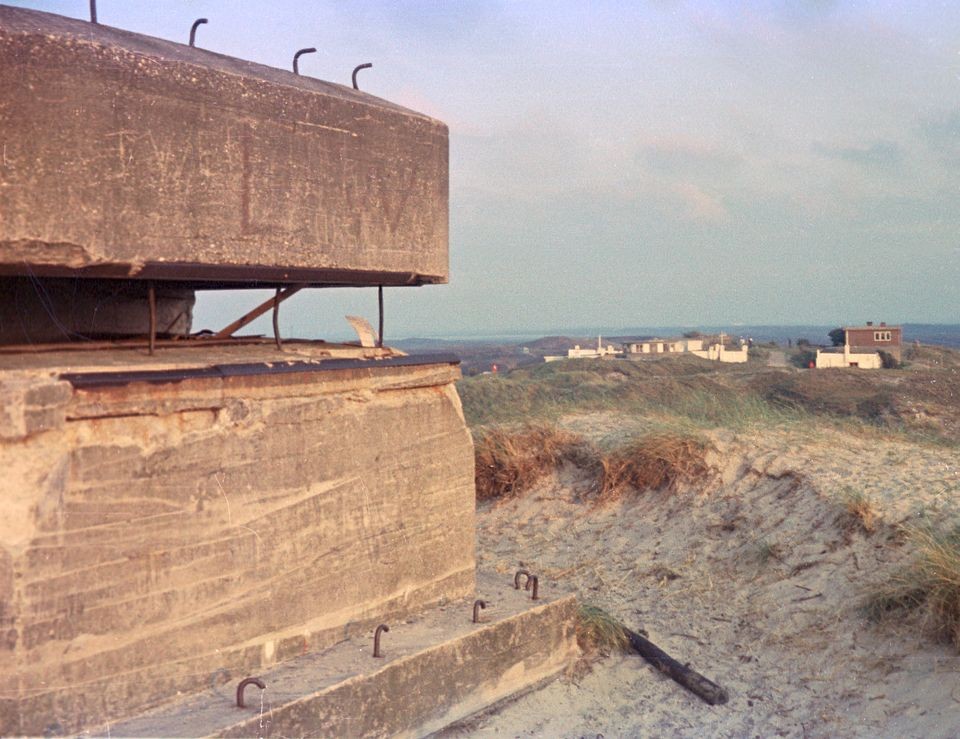The battery consisted of several components: three observation posts in the coastal dunes (two of which have since disappeared due to coastal erosion), an underground operations room where collected observation data were processed, three gun emplacements in the Bollekamer, ammunition depots, and crew quarters.
Observations from the posts — the distance and direction of enemy targets — were transmitted via telephone lines to the command post on Loodsmansduin. From there, firing instructions were given to the gunners.
What made this battery unique was that the gunners could not directly see their targets. Unlike the De Hors battery, they relied entirely on measurements and calculations rather than direct visual contact.
Occupation and changes during the war
When the Germans occupied Texel, they took over the complex. Finding the indirect targeting system too complicated, they later moved the guns to the newly built Nordbatterie near marker pole 28. At the same time, they installed anti-aircraft guns around the command post and added new facilities for troops and ammunition storage.
After the war
After the war, the dune and command post served as a lookout point for visitors. In 1994, the tilted command post was restored to its original position by Staatsbosbeheer (the Dutch Forestry Service), and the access path was improved to make it more accessible. Today, the complex is a monument and an important part of Texel’s wartime heritage.
